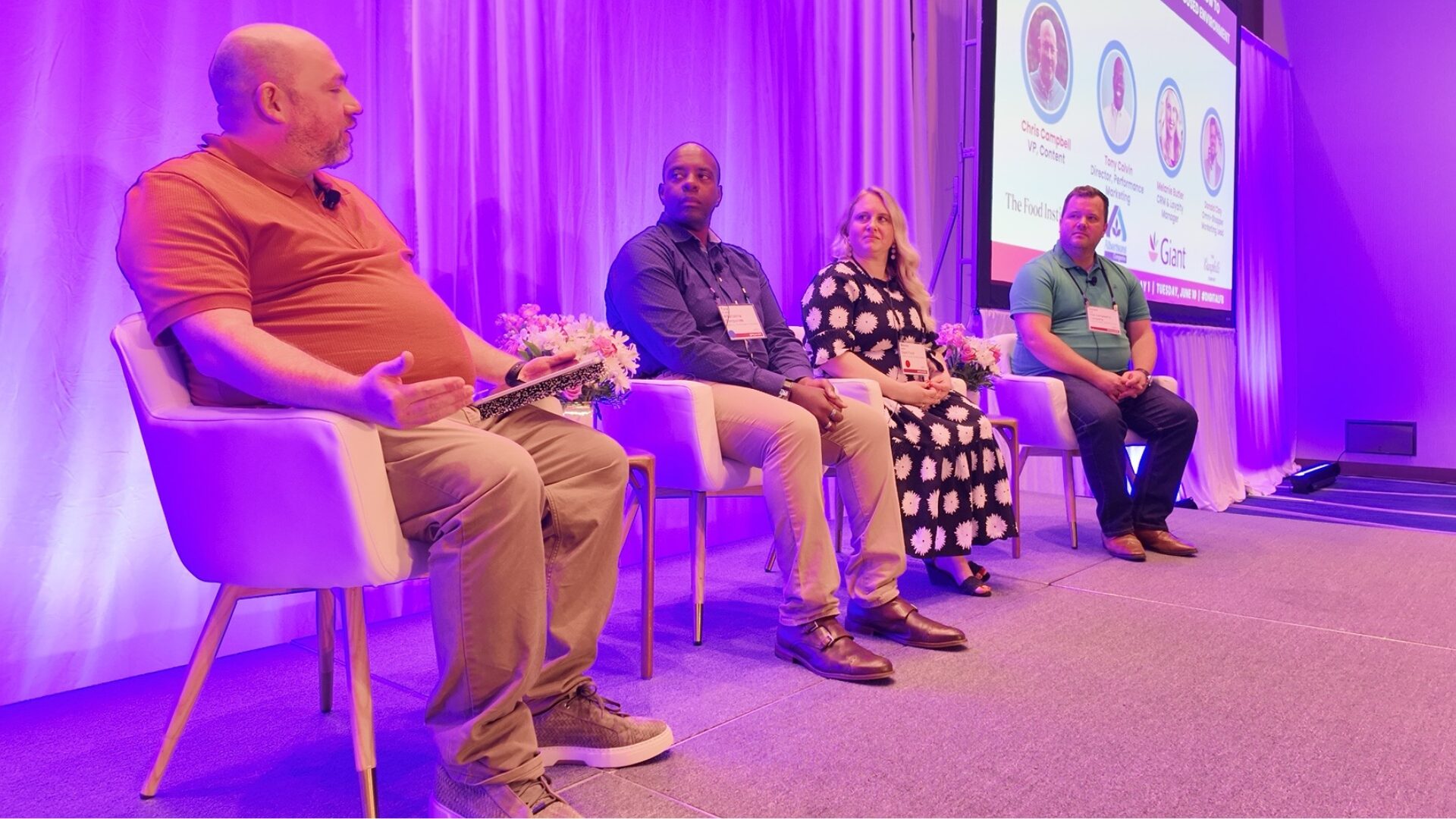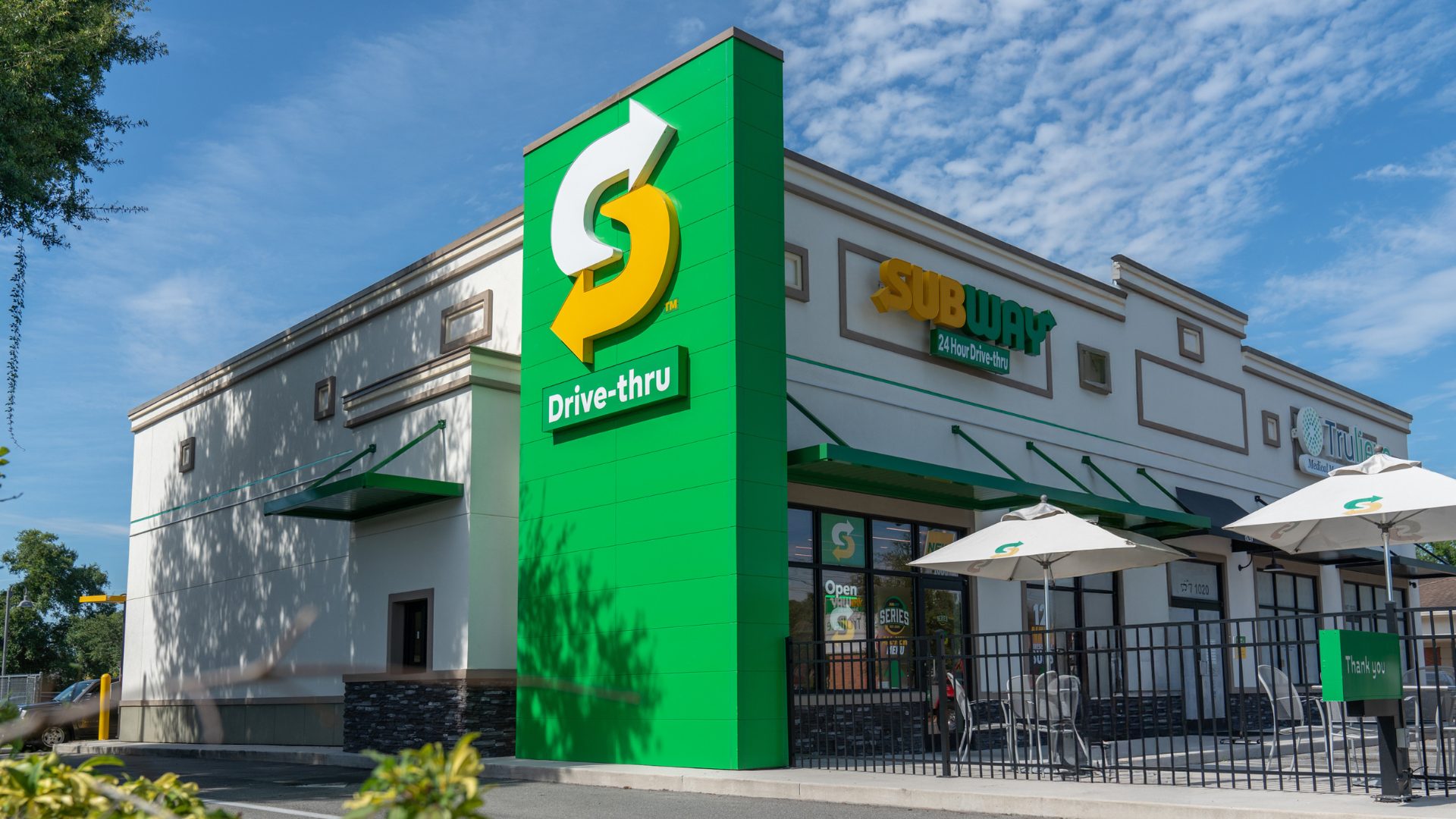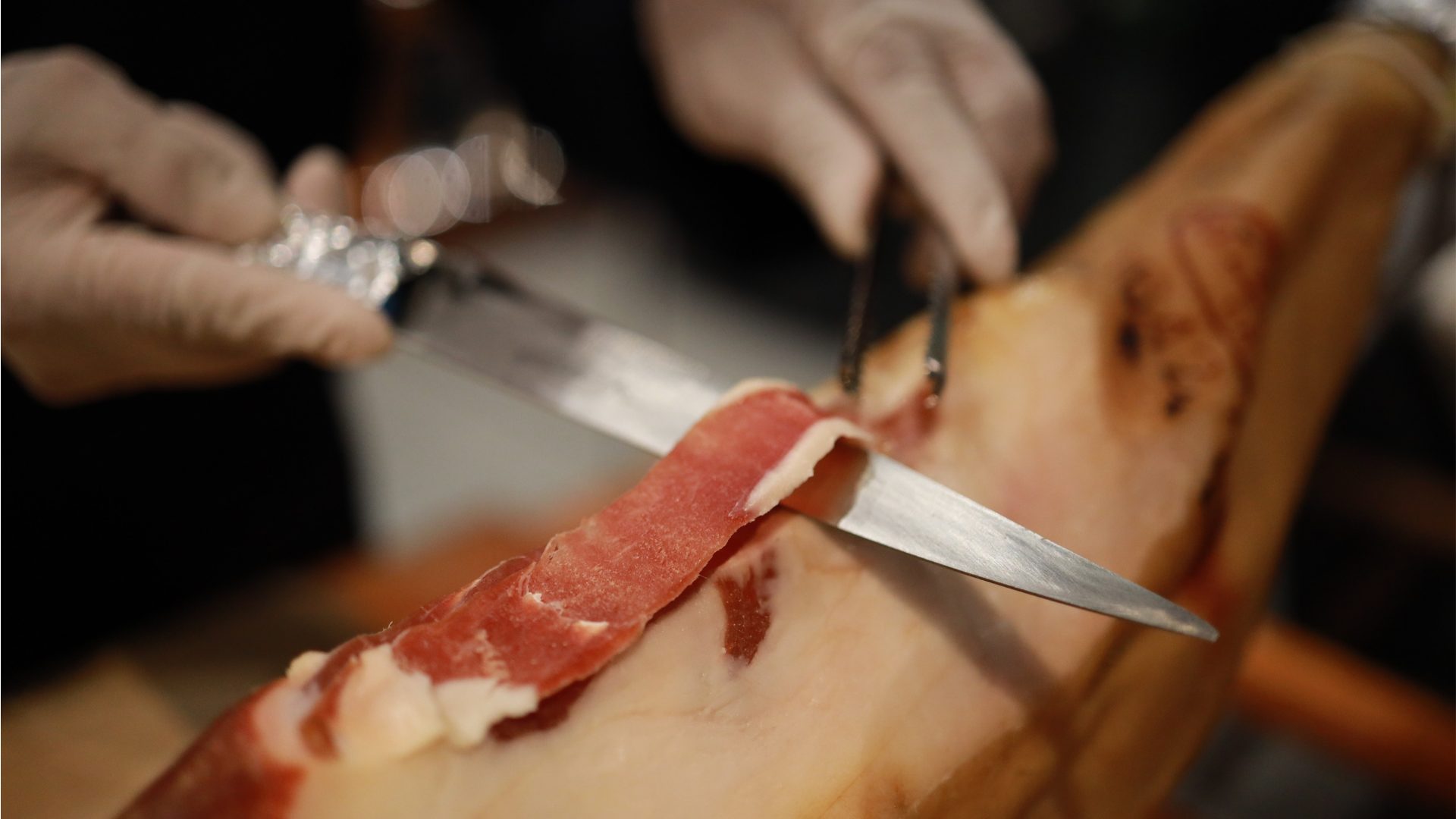WEST PALM BEACH, Fla. – Major food and beverage industry stakeholders came together June 10 through June 12 at the Hilton West Palm Beach for the 2025 Digital Food and Beverage show.
The intimate event connected digital players in the food and beverage space to share knowledge, workshop ideas, and discuss pressing trends for the food retail space.
2025 Digital Food and Beverage Takeaway: Companies Must Remain Agile
In a keynote presentation, The Food Institute CEO Brian Choi shared how important it was for companies to remain agile amid growing economic turbulence. With bankruptcies expected to rise and consumers reporting increasingly stretched wallets, companies would need to reimagine their operations and products to meet the new normal.
Despite the economic challenges, Choi shared that leveraging digital content to drive revenue was a key growth area for food and beverage companies.
The CEO said utilizing the right digital strategy can result in 10% to 25% growth in revenue for companies.
To illustrate that point, Choi shared an image of a smaller boat next to a larger one amid a backdrop of icebergs. He argued agile leadership would allow for quicker and more nimble changes for the smaller boat, while the larger one was at threat of falling victim to the overwhelming ice fields.
Choi ended his presentation with a call to action, saying that having the right digital playbook is a “make or break” moment for companies in 2025.
The Keys to Community Building
The 2025 Digital Food and Beverage show featured built-in networking opportunities, which delved into a variety of topics, including brand recognition and 2D barcodes. The frank conversations helped build expertise among participants, but also reinforced the idea of community building for the food and beverage space.
In a panel this author hosted, entitled “Sourcing the Key Ingredients: Cultivating Social Community for Lasting Engagement,” various food industry stakeholders showed how they built driven communities for their brands online.
The session featured representatives from Pepper the App, Tyson Foods, FreshPet, and Takeaways, each with their own unique communities. Sydney Powell, social media manager with Tyson Foods, noted that it was a challenge to maintain many brand voices at the same time, but the rewards of cultivating a community around a product paid dividends over time.
Generational Shifts on Display
Bazaarvoice shared data showing a splintering in social media preferences when sorted by demographics. The team noted, for example, how Baby Boomers still primarily rely on peer views and product ratings when purchasing items online
Gen Z, however, has different priorities.
In general, Gen Z is attracted to short-form video content like TikTok, Instagram’s Reels, and YouTube Shorts.
To meet the demands of Gen Z, brands need to develop content that feels raw, emotional, and real.
Additionally, Gen Z is interested in buying items from creators, not just brands. Startup brands with a content creator at the helm were doing a better job than established and legacy players.
Challenger brands are also leveraging these digital storefronts to make sales. Hamid Saify of Lucky Beverages noted that TikTok Shop is no longer just an experiment – it’s a fully-serviced retail channel.
Saify shared that Lucky Beverages had deprioritized its direct-to-consumer models and even Amazon for a social-first strategy. Saify noted that he had seen a shift from potential partners asking how things were going on Amazon to how things were performing on TikTok Shop.
The Food Institute Podcast
This Episode is Sponsored By: Tibersoft
Data is becoming more and more important to the food-away-from home sector, but the quality of both the data and the people who handle it remain key to success. Tibersoft’s Suzanne Cwik joined The Food Institute Podcast to discuss how speed, precision, and efficiency should be the cornerstones of a data management plan.










